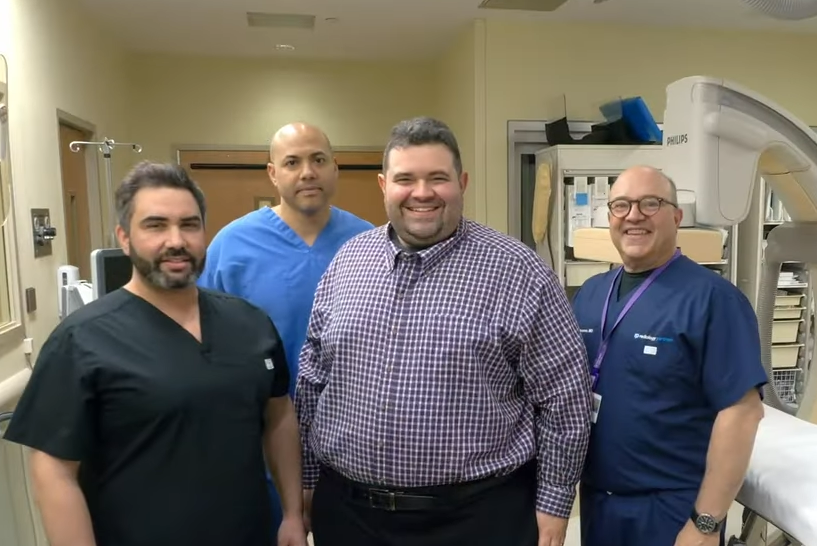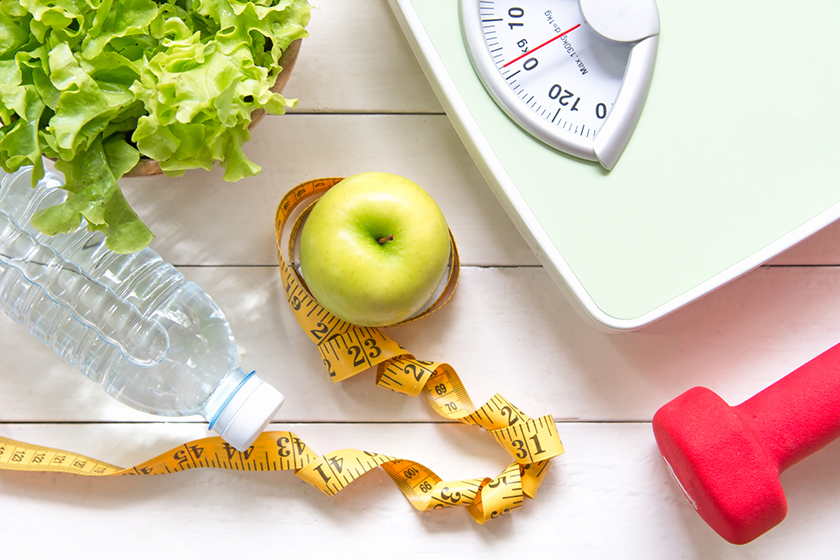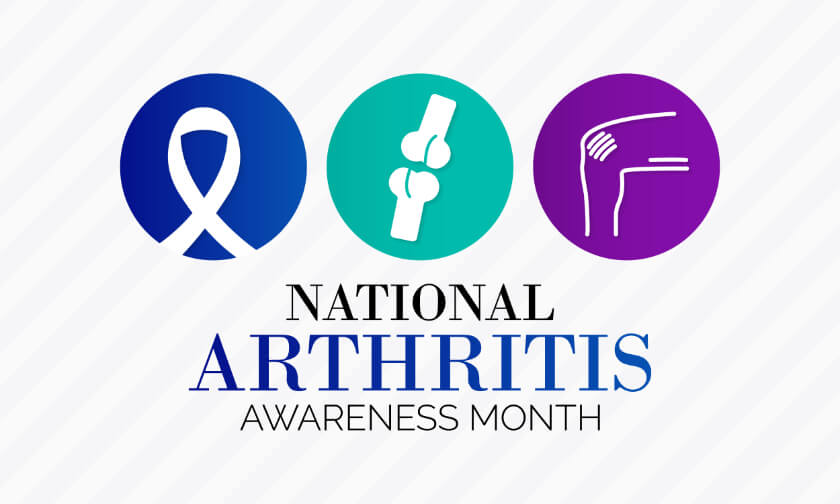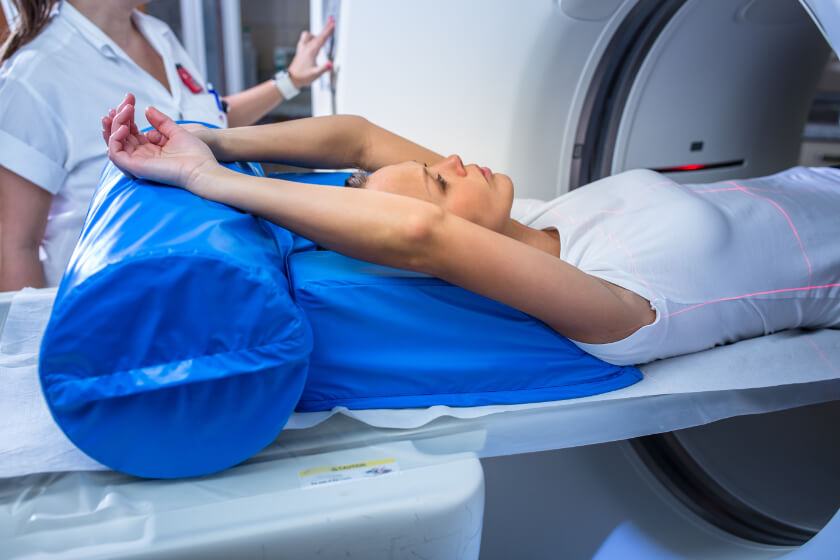What is computed tomography?
Computed tomography, or CT scan, is a type of diagnostic imaging procedure that produces a series of cross-sectional images of bones, organs and other soft tissues inside the body. CT uses x-rays to produce images from different angles, then computer software “reassembles” the images into highly-detailed pictures – much more detailed than images obtained by standard single-view x-rays. CT can also produce three-dimensional representations of organs and other structures to enable physicians to have a much clearer understanding of diseases, injuries and other health issues.
When is computed tomography used?
Because of their high detail and accuracy, CT scans have a wide array of applications. The most common uses of CT scans include:
- diagnosis and evaluation of fractures and other traumatic injuries, including soft tissue injuries
- diagnosis and assessment of tumors, infections, internal bleeding and blood clots
- evaluation of disease processes, such as cancer and heart disease
- evaluation of the efficacy of treatments, including chemotherapy and radiation treatments for cancer
- guidance for some surgical and interventional procedures
The 3-D capability of CT scanning makes it an ideal diagnostic and assessment tool for people with tumors or other types of masses, enabling the radiologist to measure the size of the tumor and determine its effect on neighboring tissues, and it’s also an excellent tool for evaluating problems with the spine, skeleton and circulatory system, including clots and blockages that could lead to stroke. It’s often used following motor vehicle accidents to look for signs of internal bleeding that may not reveal symptoms until significant loss of blood has occurred.
What happens during a CT scan?
Be sure to wear comfortable clothing on the day of your scan. In some cases, you may be asked to change into a hospital gown. Since CT scans use x-rays, you’ll need to remove any metal you may be wearing, including bras, dental bridges or dentures, and piercings. You may also be asked to avoid eating or drinking for several hours prior to your procedure. During the scan, you’ll be asked to lie down on a special table that will slide you into the CT scanner. Unless your scan includes your neck or skull, your head will remain outside the scanner. If a contrast dye is being used, usually one set of images will be made first without the dye followed by a second image with the dye. The dye itself will be injected through an IV, usually in your arm. When the scan is performed, your body will move slowly through the machine as the scanner rotates rapidly around you in an enclosed donut-shaped tube. Several passes may be made, and you’ll probably be asked to hold your breath at certain points to enable clearer images to be taken. The entire scan usually takes less than 30 minutes, and you can go home immediately afterward. If a contrast dye was used, be sure to drink plenty of fluids to help your kidneys flush it out of your body.
Eliminating Anxiety with Visual Therapy
We understand that the thought of having to undergo an examination can be stressful and build up unwanted anxiety. At Radiology Affiliates Imaging, our goal is to make every visit comfortable and relaxing for all of our patients so we’ve incorporated visual therapy and nature imagery at both of our imaging facilities. The ceilings of our CT and MRI suites resemble the skies of spring, transforming the rooms into spaces of natural beauty and freshness. The idea of nature imagery, a form of visual therapy, helps you relax during imaging procedures. The minute you enter our suite, you will feel at ease and therefore eliminate anxiety.
CT Drink (Contrast) Pick-up Hours
Monday – Thursday: 7:30am – 7:00pm
Friday: 7:30am – 5:00pm
Saturday: Please call for hours. (609) 585-8800
Monday – Thursday: 7:30am – 7:00pm
Friday: 7:30am – 5:00pm
Saturday: Please call for hours. (609) 585-8800
Weekend CT Appointments: Available at all locations. Contrast procedures on Saturdays at Lawrenceville.
Available Locations
Preparation Instructions
-
-
- If your CT exam is ordered with oral or intravenous contrast, do not eat or drink for 4 hours prior to your appointment.
- Wear loose, comfortable clothing with no metal (you may have to change into a gown).
- If you are having an abdominal and/or pelvic CT, you may require oral contrast.
- You will need to pick up the contrast at our office at least 24 hours prior to your appointment.
- This will be determined when your appointment is scheduled.
- Some CT scans require the administration of intravenous contrast.
-





